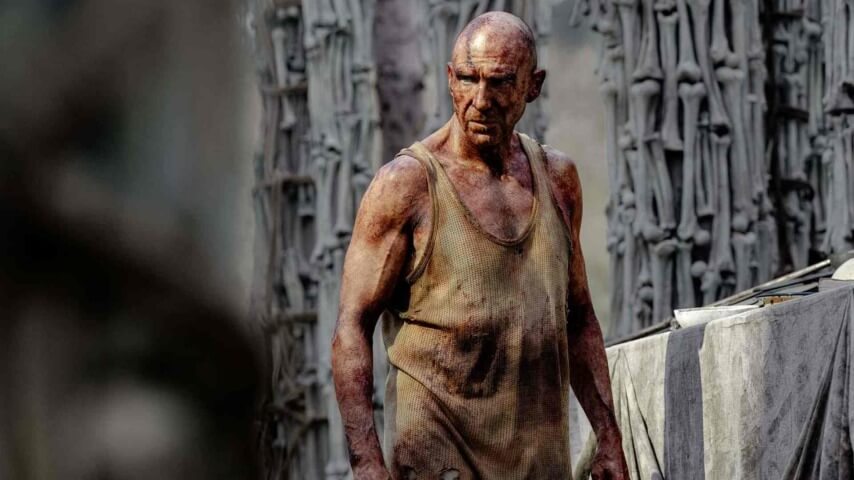Spoiler Space: The side characters that turn 28 Years Later into an infectious odyssey
As Spike searches for a cure for his sick mother, the stragglers of the quarantine zone introduce him to a wider world.
Photo: Sony
Spoiler Space offers thoughts on, and a place to discuss, the plot points we can’t disclose in our official review. Fair warning: This article features plot details of 28 Years Later.
With 28 Years Later, director Danny Boyle and writer Alex Garland shift gears from road movie to infected odyssey. More akin to The Green Knight than Dawn Of The Dead, the film sees a young boy, Spike (Alfie Williams), on a quest to cure his mother Isla’s (Jodie Comer) mysterious malady. Abandoning the violent worldview of his father Jamie (Aaron Taylor-Johnson), Spike heads into the wasteland, where he meets a series of stragglers that transform the film from another post-apocalyptic travelogue into a Homeric epic more about the scene-stealing weirdos we meet along the way than surviving the zombie horde.
Living on an island only accessible at low tide, Spike leads a bleak, isolated existence in a village on Lindisfarne. In the 28 years since the outbreak, the town has rehung paintings of the Queen and reverted to traditional gender rules, where men hunt and women sew. Back from his first, disastrous rite-of-passage killing, Spike becomes disillusioned with his father’s worldview. Jamie’s infidelity and masculine posturing confuse Spike, and after his father strikes him, Spike sets off with his mother to cure her terminal illness. But Spike isn’t at all ready for an extended stay in Zombieland. He and Isla end up cornered in an abandoned gas station, where a shipwrecked Swedish soldier, Erik (Edvin Ryding), saves them through a near-literal baptism by fire.